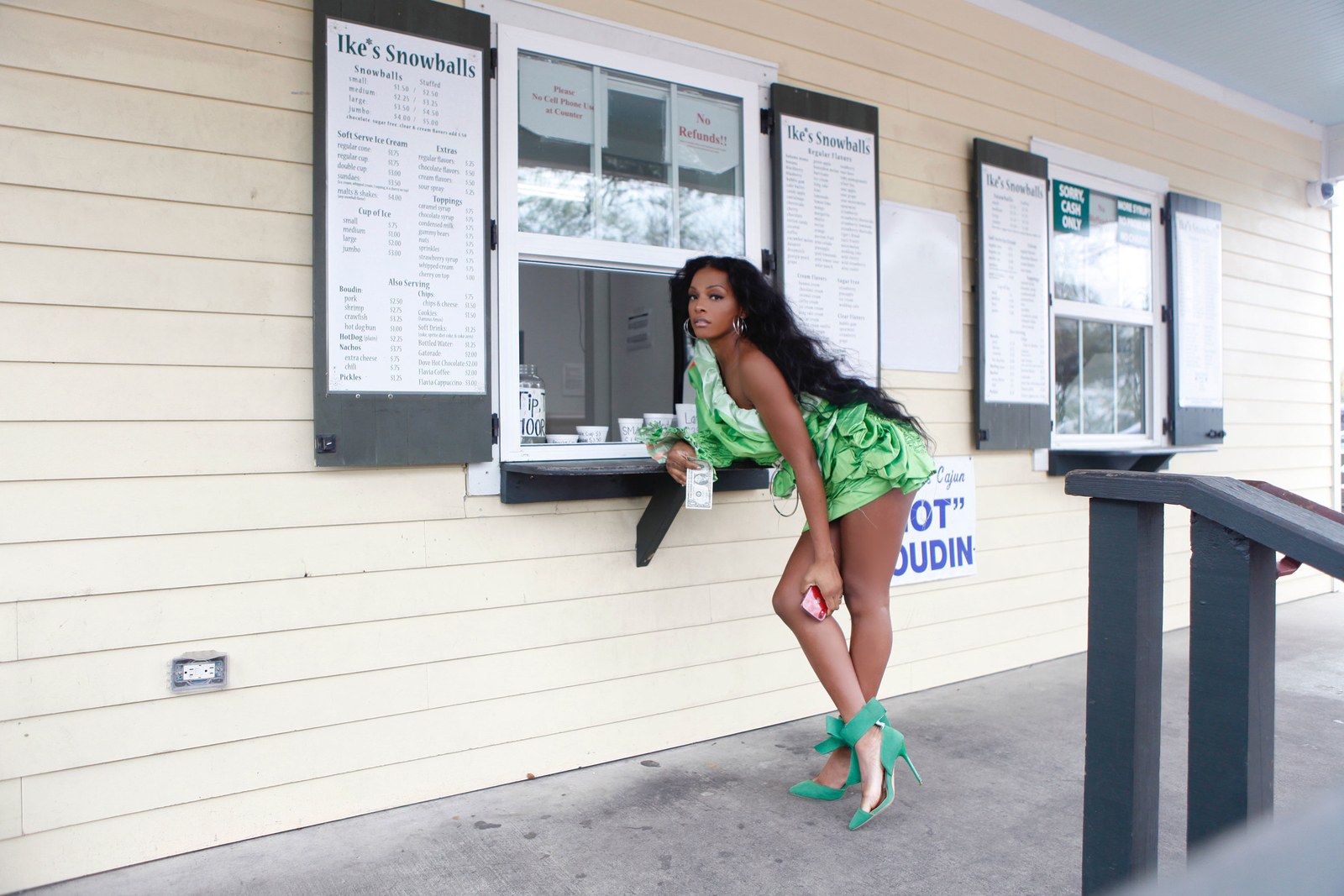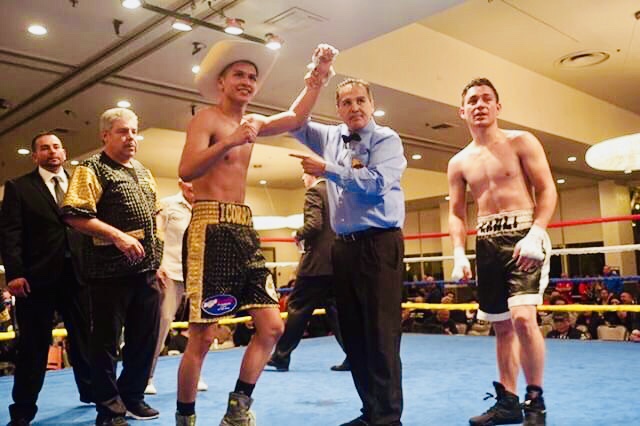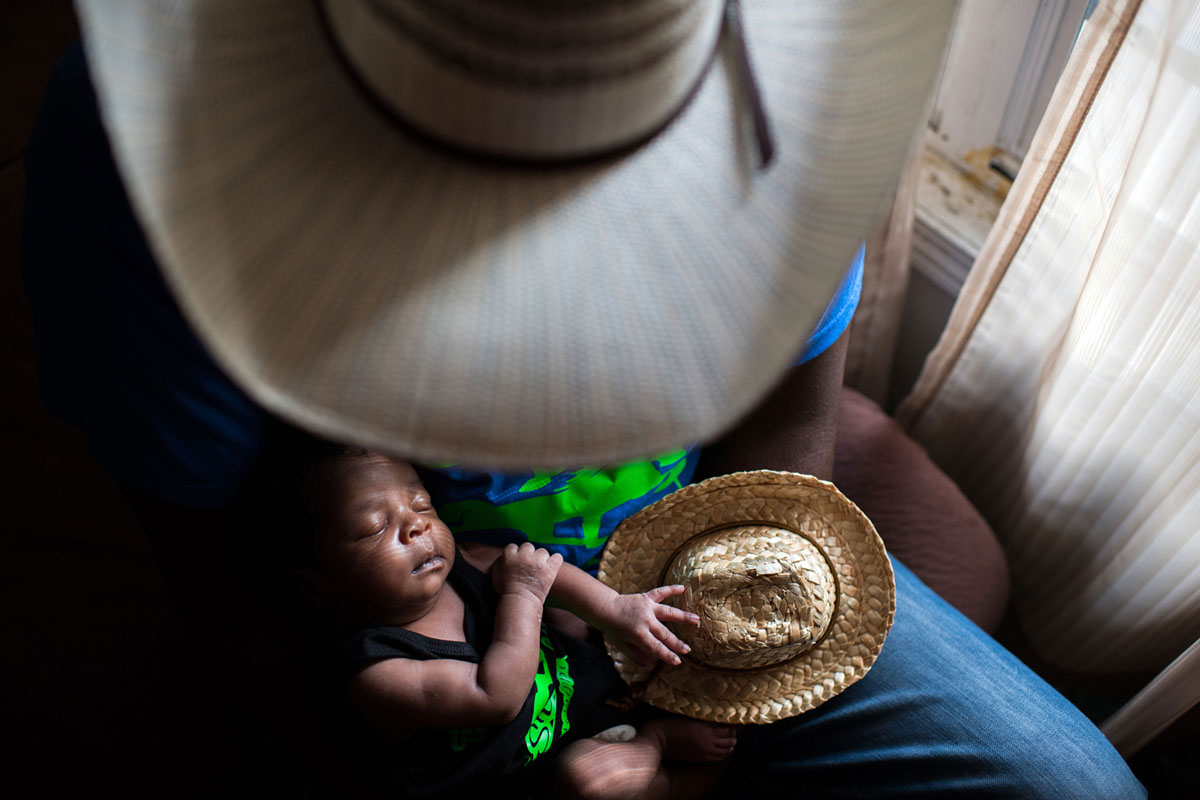
In the first few moments of Dawn Richard’s new album, New Breed, you are immediately transported back in time and space to New Orleans, where it all began for the singer-songwriter. Richard wistfully retells the stories of her Catholic school days, of craving sno-balls (a shaved ice confection that’s specific to the port city), of feasting on crawfish, another local delicacy. The album also sheds light on a local tradition that’s been a part of Richard’s family for decades: the Mardi Gras Indian parade, a result of a kindred partnership that formed centuries ago between Native Americans and Africans in what’s now considered Louisiana.
“The one thing they had in common was the art of dance and the art of sewing: the garb, the costumes, and that became the communication between the cultures that led the Mardi Gras festivities for us,” says Richard. “Mardi Gras was Carnival for white people who had money and black people couldn’t be a part of that. They wouldn’t let them participate in it,” Richard says of the origins of the practice. “Black people would come out in their garb and show each other what ward and what tribe sewed the best. They’d create these incredible ceremonies with each other, and it gave them an identity where it had been stripped away.”






